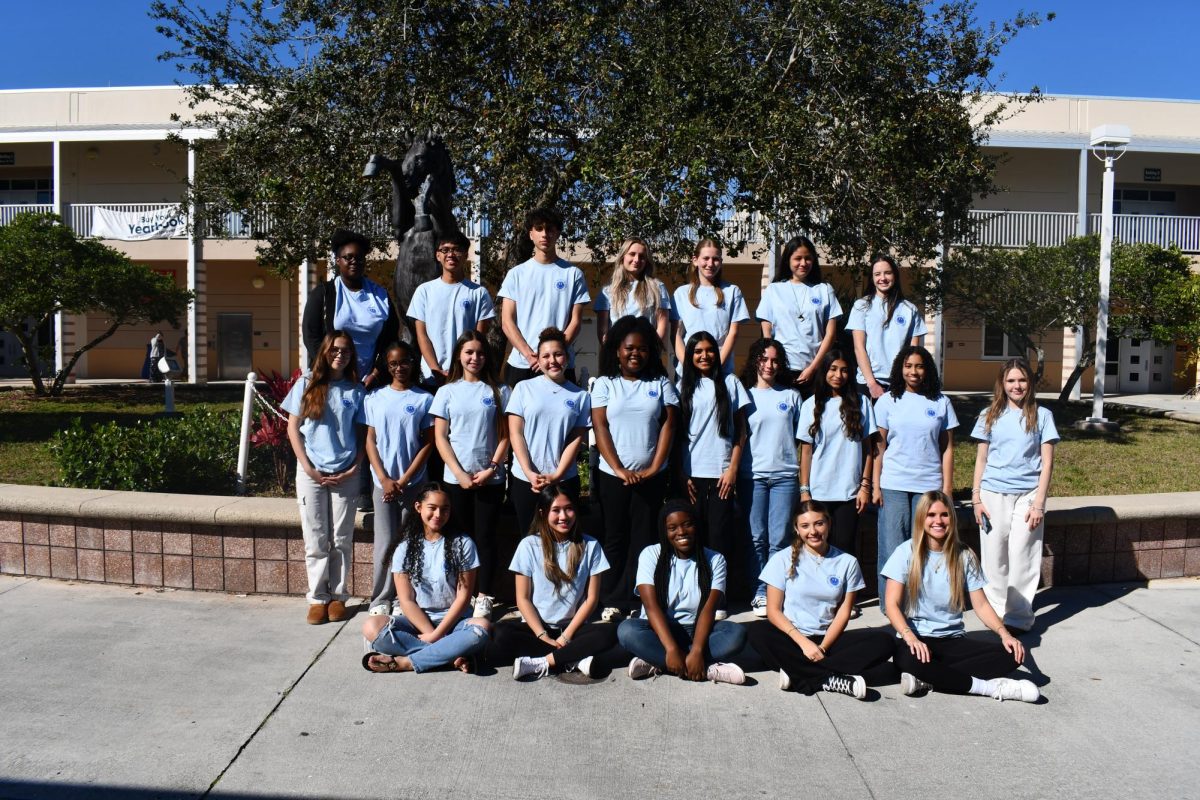Capitol Hill shakes foundation of American democracy
March 30, 2021
Rioters breaking through metal fences, police throwing tear gas, politicians fleeing from the US Capitol. How did America get here? Or better yet, where does America go from here?
12:29 p.m., Trump supporters marched towards the perimeters of the U.S. Capitol. Just two hours later, they attacked it. What started as a brewing rally spiraled into a deadly attempt to overthrow the certification of election results, sending shockwaves through the world and leaving five people dead.
“We have certainly witnessed protests that have turned violent. We have seen businesses burned and property damaged,” said AP Government teacher Mr. Dalman. “But certainly not such a symbol of America like the Capitol building.”
It was a matter of minutes before videos and photos began flooding social media. Pictures showed rioters waving confederate flags as they stormed inside with little resistance. Another rioter in a “Trump” beanie was seen carrying a podium in front of a centuries-old painting depicting the Revolutionary War. Videos showed crowds pushing and yelling “traitor” at law enforcement.
“It is important to remind your children that they are safe,” said Palm Beach County School District Superintendent Dr. Donald Fennoy in a recorded message sent out the day of the riots. “And that the images they see on TV are occurring thousands of miles away.”
After the events, lawmakers, including 400 congressional staff, recalled crouching down behind seats, calling loved ones, and praying. Some reported fearing for their lives as they heard footsteps and gunshots from rioters.
As the weeks went by, footage revealed that the riots, labeled an act of “domestic terrorism” by the FBI director, were far more dangerous than initially suspected. Crowds were caught on video chanting “hang Mike Pence” as they stormed inside. Many rioters expressed their intent to assassinate House Speaker Nancy Pelosi as well as other political figures. Nooses were found near the west end of the Capitol. The words “Murder The Media” were carved on the Capitol Memorial Door.
“As it was happening, it honestly felt like a movie,” recalled 11th grader Garfield. “I couldn’t believe I was living through two major historical events before I graduated high school.”
Five months after, more than 500 individuals have been arrested with connections to the riots. The FBI is relying on social media, videos, tips, and images from the riots to piece together crimes. The Justice Department and prosecutors are calling this the most “documented” and “complex” investigations in U.S history.
Suspicions of the extent to which the insurrection was planned arose when pipe bombs were found planted in the Republican and Democratic national committees offices the day prior. Lawmakers have also accused members of Congress of helping to give “highly unusual” tours designed to provide reconnaissance, or surveying, to rioters a day before the attack. These claims are currently being investigated but have yet to be proven.
Many were disturbed by the docile reactions from law enforcement during the riots. Videos showed officers standing back as rioters walked inside and opening the gates to let rioters get closer. The officers also recalled being deeply outnumbered despite the visible planning of the riots that had begun months earlier on social media.
“If any of the capital rioters were black or brown, they would be shot down without a doubt,” explained Garfield. “I don’t know how long it’s going to take for people to see the double standard.”
Some compared these actions to the seemingly harsher actions of law enforcement during the Black Lives Matter movement. Peaceful protesters during the summer were met with rubber bullets, arrests, and tear gas, but on the day of the riots, only 52 people were arrested, and the vast majority on curfew charges.
“Since America is horrendously racist, the people protesting to not be murdered in cold blood were treated like criminals,” added junior Jada Prevost. “While the traitors of our country were called patriots.”
The aftermath came in a flurry of updates. Many official members of the Trump administration, including Secretary of Education Betsey Devos, announced their plans to step down as a result of the riots. Canada labeled the group Proud Boys a terrorist entity due to its “pivotal role” in the insurrection.
Additionally, the app Parlor, a social networking service with a significant base of right-wing extremists and QAnon supporters, was removed from Google and Apple’s App Stores for encouraging violence and crime. John Matze, Parler’s chief executive, called it an attack on “free speech.”
“I don’t think the actions can be justified by the first amendment,” said junior Defalco. “They are free to voice their opinions and such, but freedom of speech does not condone violence.”
Politically, many Republicans in Congress advocated for a time of healing in the aftermath of the events, believing that invoking the 25th amendment or any other method to remove then President Donald Trump from office would create more controversy and division. A majority of Democrats in Congress instead took the route of accountability, citing that if actions are taken and investigations aren’t launched, those who attempted the coup before will try violence again.
Many seeking accountability believed Donald Trump to be a huge factor in inciting the riots, specifically mentioning the election-based rhetoric Donald Trump began claiming months prior. While others argue that Trump did eventually condemn the riots and urged rioters to go home, some pointed out how Trump consistently tweeted unproven and falsified claims that fueled the Stop the Steal Movement, which encouraged Trump supporters to reject the legitimate results of the 2020 Election.
“All of us have been saying this kind of misinformation is dangerous,” described Arizona Secretary of State Katie Hobbs in an interview with NBC. “Unfortunately, this is the outcome of that kind of disinformation.”
As a result, Twitter, among other social media platforms, chose to suspend his accounts “due to the risk of further incitement of violence.” In response to this, the former president rolled out a blog of statements and videos that shut down 29 days after launching.
“There is no doubt Donald Trump played a part in this,” adds Garfield. “During his whole presidency, he encouraged the normalcy of hate in our society and allowed this riot to happen.”
The extent that Trump had in inciting the riots was put to trial in the second impeachment of Donald Trump. The House of Representatives voted to impeach Trump on the offense just a week after events took place. With 10 Republican representatives voting towards impeachment, the trial became the most bipartisan, or cross-party, impeachment in American history.
When the impeachment trial was taken to the Senate, new details emerged that some rioters got less than 100 feet away from then Vice-President Mike Pence and his family during the attacks. While some Senate Republicans expressed their agreement that Trump had a hand in the attack, the Senate overall voted to acquit and absolve Trump, citing the unconstitutionality of an impeachment of a former president.
Afterward, many were interested in the reconciliation of the government to ensure this does not happen again. Politicians, including Speaker of the House Nancy Pelosi, were calling for a “9/11-type” commission to impartially investigate the underlying causes, the security failures, and the prevention of another attack. A bill to create this commission passed in the House of Representatives, but died in the Senate.
“I hope and wish we would be more compassionate and understanding and do what’s best for America,” Mr. Dalman added. “We all want America to succeed, we just disagree on how to get there.”
To learn more, visit:
https://www.npr.org/2021/02/09/965472049/the-capitol-siege-the-arrested-and-their-stories



